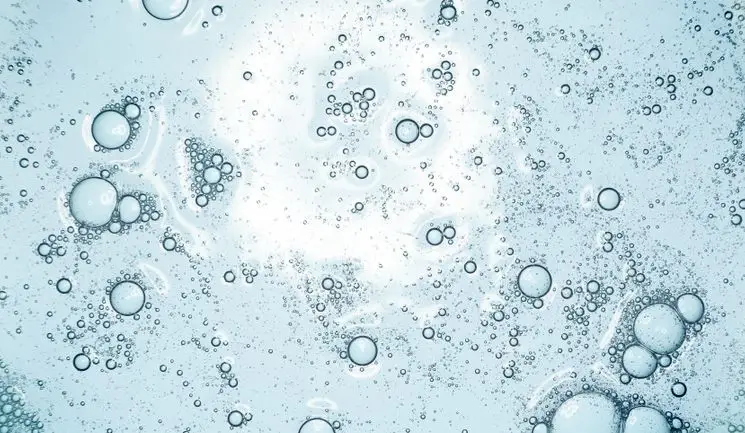Ophthalmologist Miss Jennifer Doyle discusses the different uses of hyaluronidase in the medical field
To access this post, you must purchase Aesthetics Journal Membership – Annual Elite Membership, Aesthetics Journal Membership – Annual Enhanced Membership or Aesthetics Journal Membership – Basic Membership.









